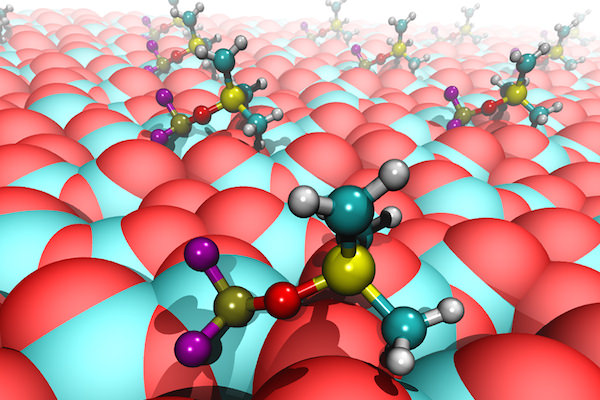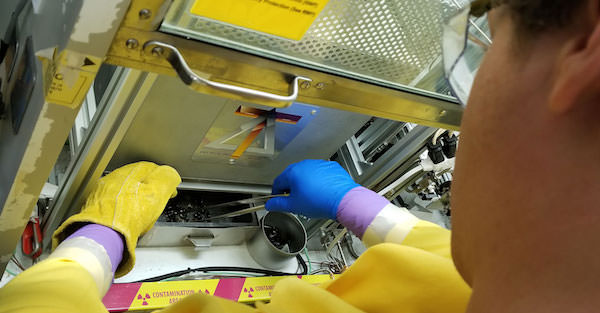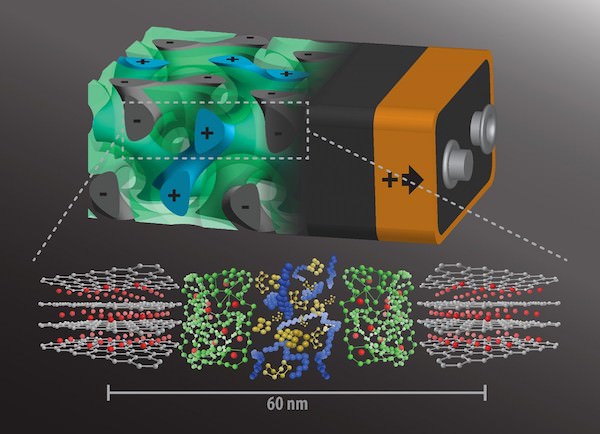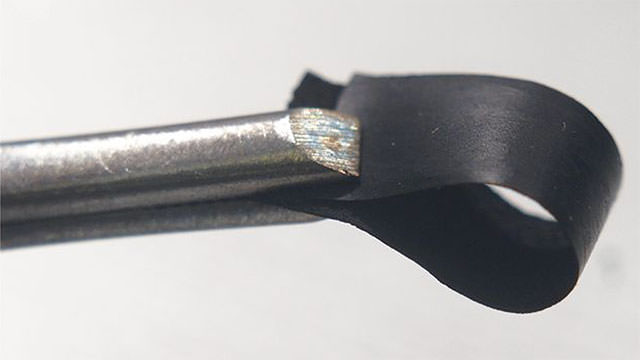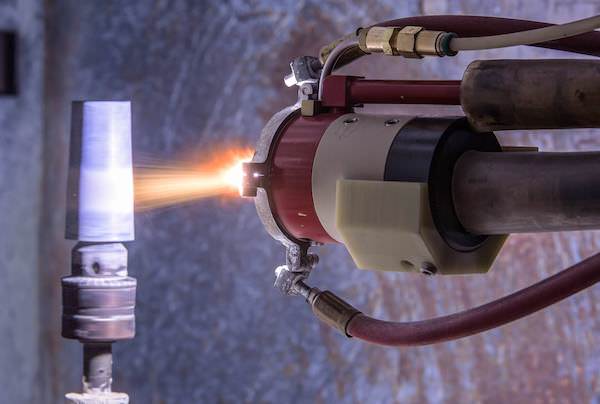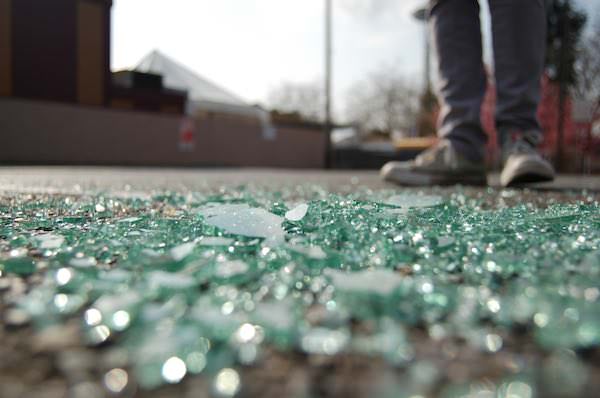Researchers showed bioscaffolds out of graphene foam mixed with animal cells could eventually replace cartilage destroyed by osteoarthritis. The military may also use the research to treat musculoskeletal injuries in the field.
Read MoreResearchers have demonstrated a new toughening mechanism for nanoceramics by studying weak interfaces in nanocrystalline ceramics. Their method could improve impact resistance without compromising functional properties.
Read MoreResearchers discovered that a chemical reaction that takes place when a performance-enhancing additive is mixed into a lithium battery’s electrolyte can suppress its decomposition—similar to the pickling process. This discovery could lead to higher-performing batteries.
Read MoreResearchers have demonstrated that flash sintered yttria-stabilized zirconia (YSZ) acquires metal-like plasticity at room temperature. This discovery could prove to be useful in using YSZ as a thermal barrier coating for aircraft engine blades.
Read MoreResearchers have successfully converted radioactive waste into glass through vitrification at the Hanford Nuclear Site. The test is part of an overall plan to send low-activity waste directly to the vitrification facility via Direct Feed Low-Activity Waste system.
Read MoreResearchers have developed a groundbreaking proof-of-concept battery that interweaves the anode, cathode, and separator in a self-assembling structure. Their work could change the way future batteries are designed for more efficient charging.
Read MoreResearchers have discovered a way to process carbon nanotubes using an inexpensive mass-produced solvent to disperse them without using additional chemical reactions. Their breakthrough could pave the way for future carbon nanotube research.
Read More


